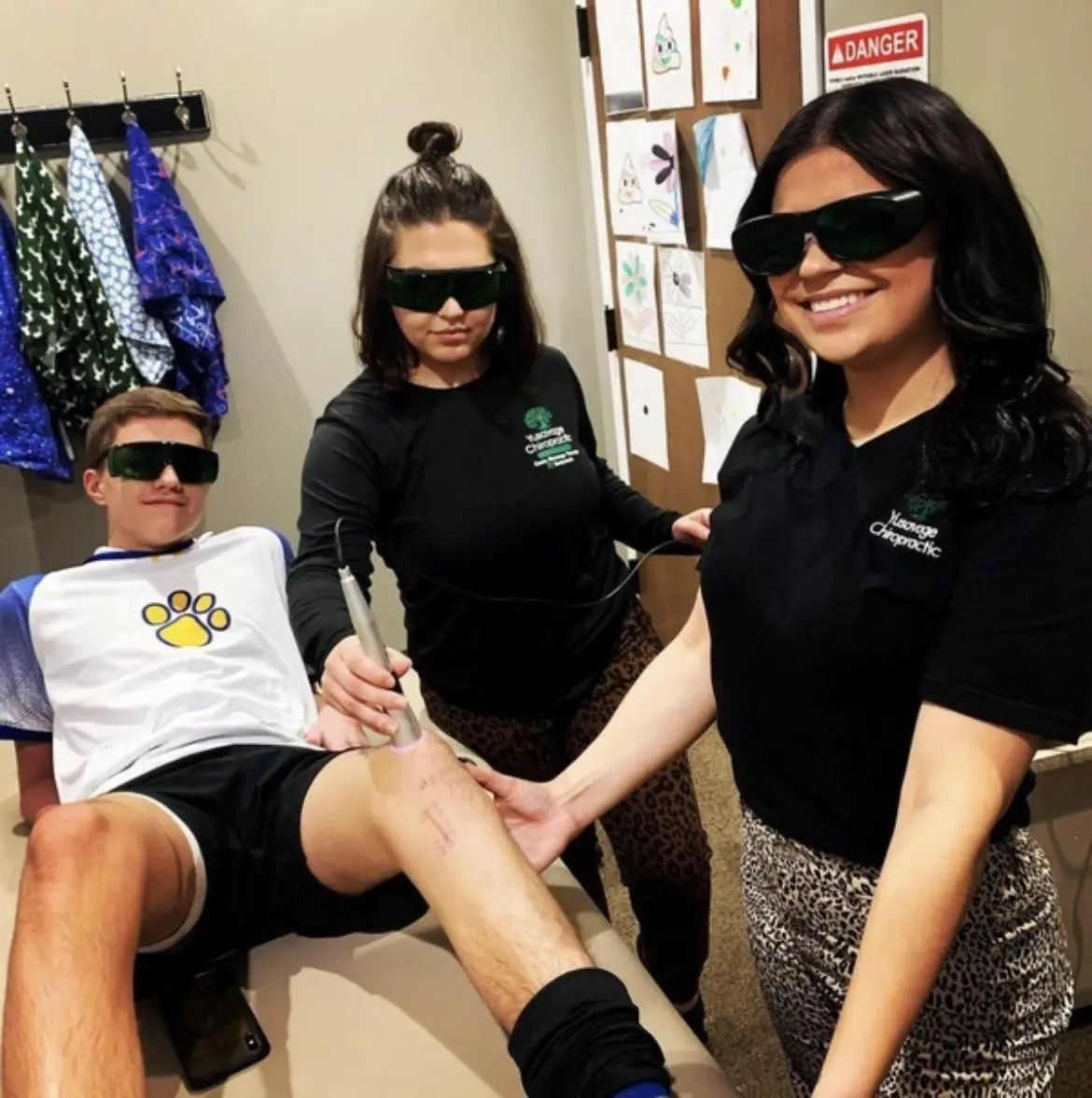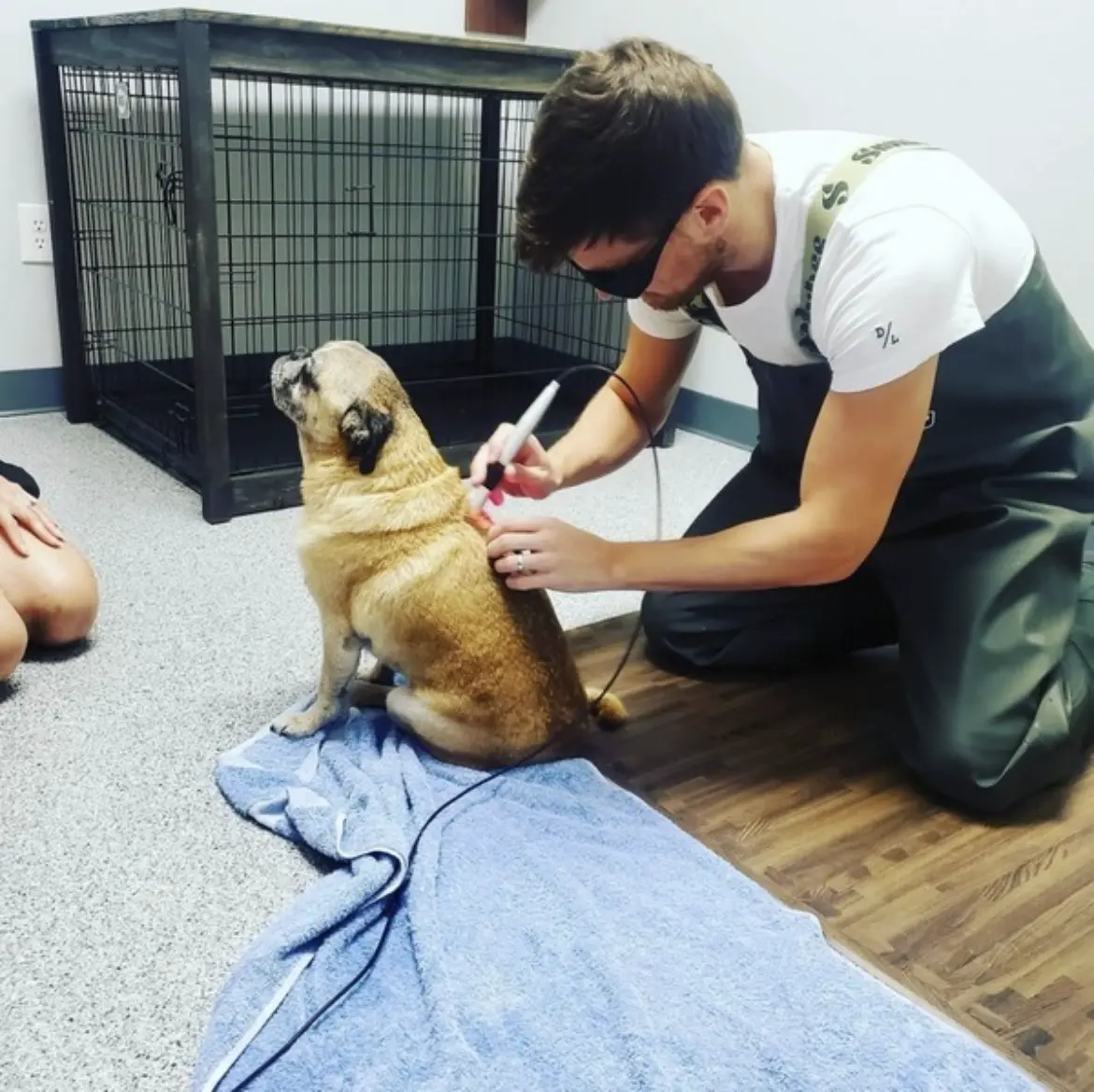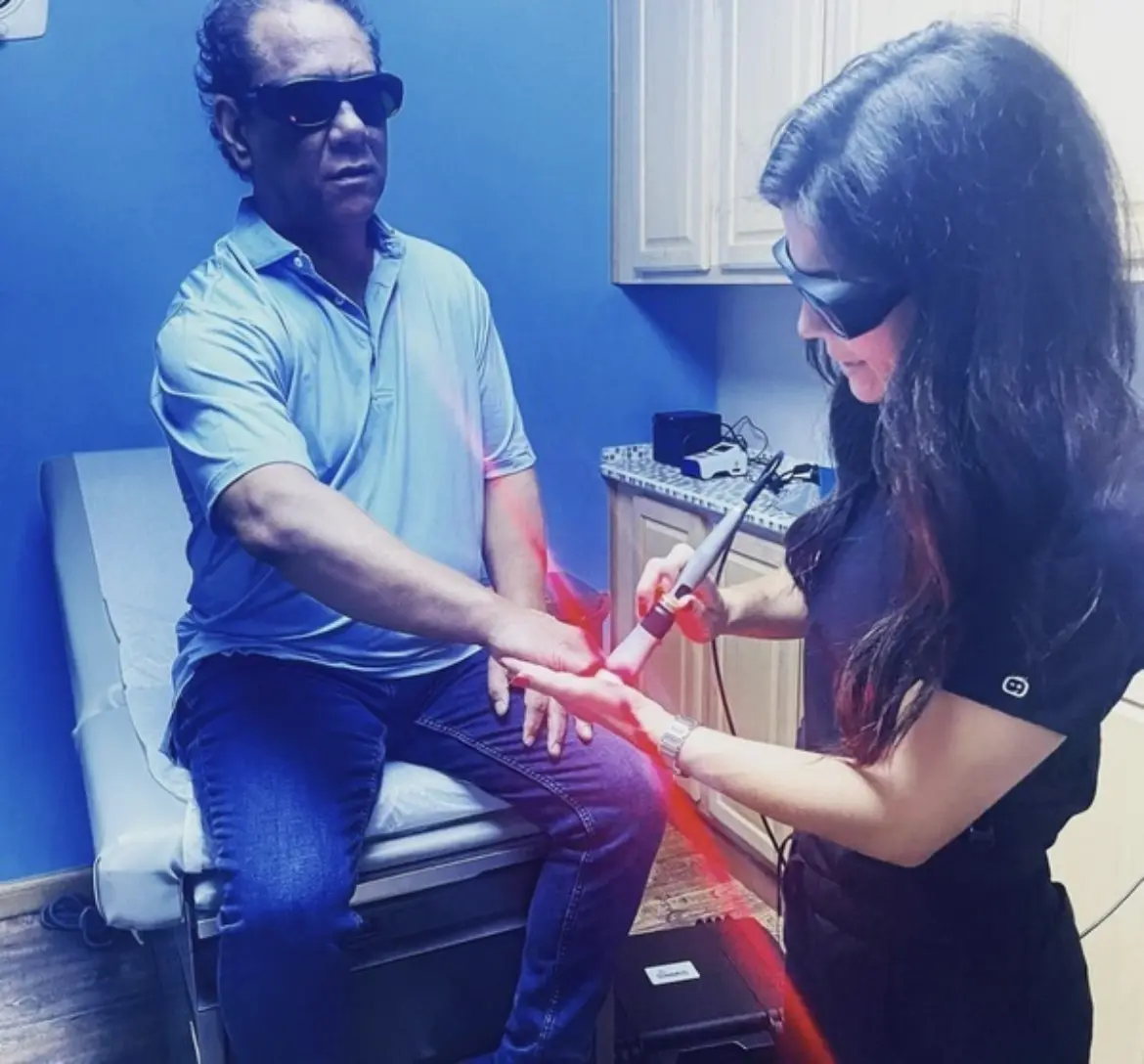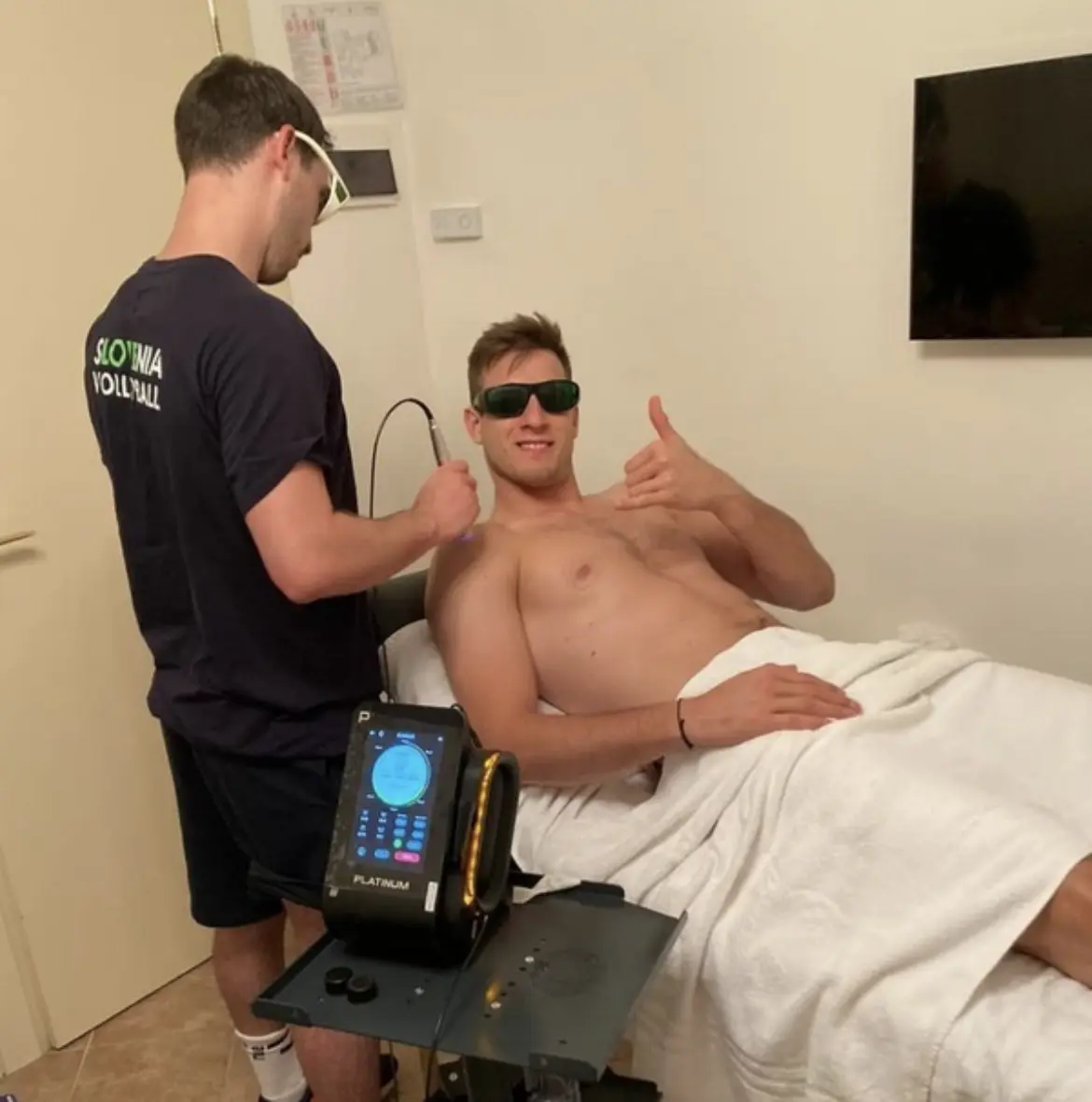Changing
lives through
laser therapy
Experience the potential benefits of laser therapy, a non-invasive approach designed to support and promote the body’s natural processes. Summus Laser Therapy may help improve overall health and support your journey toward a more active lifestyle.
Find a provider





How it works
Restore your body with the Power of light
With millions of treatments performed since 2018, Summus Medical Laser has transformed the landscape of laser therapy.
Laser therapy treatment restores the body with the power of light. The treatment accelerates the recovery process and provides pain relief making it the ideal treatment for various applications. When it comes to the management of ongoing and temporary pain, Summus Laser treatments can provide dramatic results. That’s the Summus Standard.
Laser therapy treatment restores the body with the power of light. The treatment accelerates the recovery process and provides pain relief making it the ideal treatment for various applications. When it comes to the management of ongoing and temporary pain, Summus Laser treatments can provide dramatic results. That’s the Summus Standard.
“In motocross, injuries are an expected part of the sport and happen often. Summus Medical Laser® treatments help me recover faster and get me back on the track to compete at the highest level.”
PAULS JONASS - PROFESSIONAL MOTOCROSS RACER
Laser therapy delivers specific red and near infrared wavelengths of laser light to induce a therapeutic effect.
Watch this video to see a Class IV laser treatment demo on Pauls Jonass, 2017 MX2 World Champion and actual Summus Laser therapy patient.
Watch this video to see a Class IV laser treatment demo on Pauls Jonass, 2017 MX2 World Champion and actual Summus Laser therapy patient.
Drug Free
Non-invasive
COMPLIES WITH THE FDA'S REGISTRATION AND LISTING REQUIREMENTS
Find a provider
How it works
Restore your body with the Power of light
Since 2018, millions of treatments have been performed with Summus Medical Laser, a leader in laser therapy.
Laser therapy uses light energy to support the body’s natural processes. It is designed to potentially help accelerate recovery and provide relief from discomfort, making it a versatile option for various conditions. Summus Laser treatments are commonly used to assist in managing ongoing or temporary pain, with many patients experiencing improvements. That’s the Summus Standard.
Laser therapy uses light energy to support the body’s natural processes. It is designed to potentially help accelerate recovery and provide relief from discomfort, making it a versatile option for various conditions. Summus Laser treatments are commonly used to assist in managing ongoing or temporary pain, with many patients experiencing improvements. That’s the Summus Standard.
Find a provider
DRUG FREE
Provide temporary pain relieve without the risks or side effects of medication
NON-INVASIVE
Provide powerful, therapeutic benefits without surgery, needles, or downtime.
Proven Safe & Effective
Summus Lasers provide targeted support for temporary pain relief, mobility improvement, and overall wellness. Our lasers offer innovative solutions that may help enhance your quality of life.
What people are saying
If I were going to tell my mom, this is how we’re going to treat this scenario, I’m giving my mom all the best options and the [Summus] laser is the best option as an additional part of care.
BEN HENDRIX, D.C.
I am giving this laser 5* after one treatment. Long story short… after breast lift/ reduction, I had a large open wound where stitches separated from pressure/ previous scar tissue. In just ONE treatment my wound is 50% healed in 24 hours. Literally amazing. My wound was about 2 to 3 inches in diameter. I am anxiously awaiting my next treatment.
Katy N.
Within hours I had regained at least 60% mobility with no pain. Five days later I returned for the second laser treatment and was amazed that within two hours of the treatment I had regained 100% mobility without pain. The next morning I did my daughter’s hair without crying.
Jill B.
Your laser has literally saved my life! After 11 assorted spine surgeries and 3 total left knee replacements I can breathe again thanks to your laser.
Mr. Inglis
It was a life saver. I was in incredible pain and had numbness and tingling. It was totally gone and has not returned. It took only 5 short pain free treatments!!!
Kimberly G.
Stay in the loop
Keep up to date with all the latest happenings at Summus Laser. Get an exclusive glimpse into our daily activities, exciting announcements, and behind-the-scenes insights that keep you connected.
What are you waiting for?
Find a Provider
Discover the incredible benefits of Summus Medical Laser! Search our network for a laser professional near you.

Changing
lives through
laser therapy
Improve your health through the power of laser therapy, a proven non-drug solution that stimulates and promotes natural healing processes in the body. By harnessing the power of light, it helps the body heal itself and find relief from various conditions or injuries.
Find a PRovider
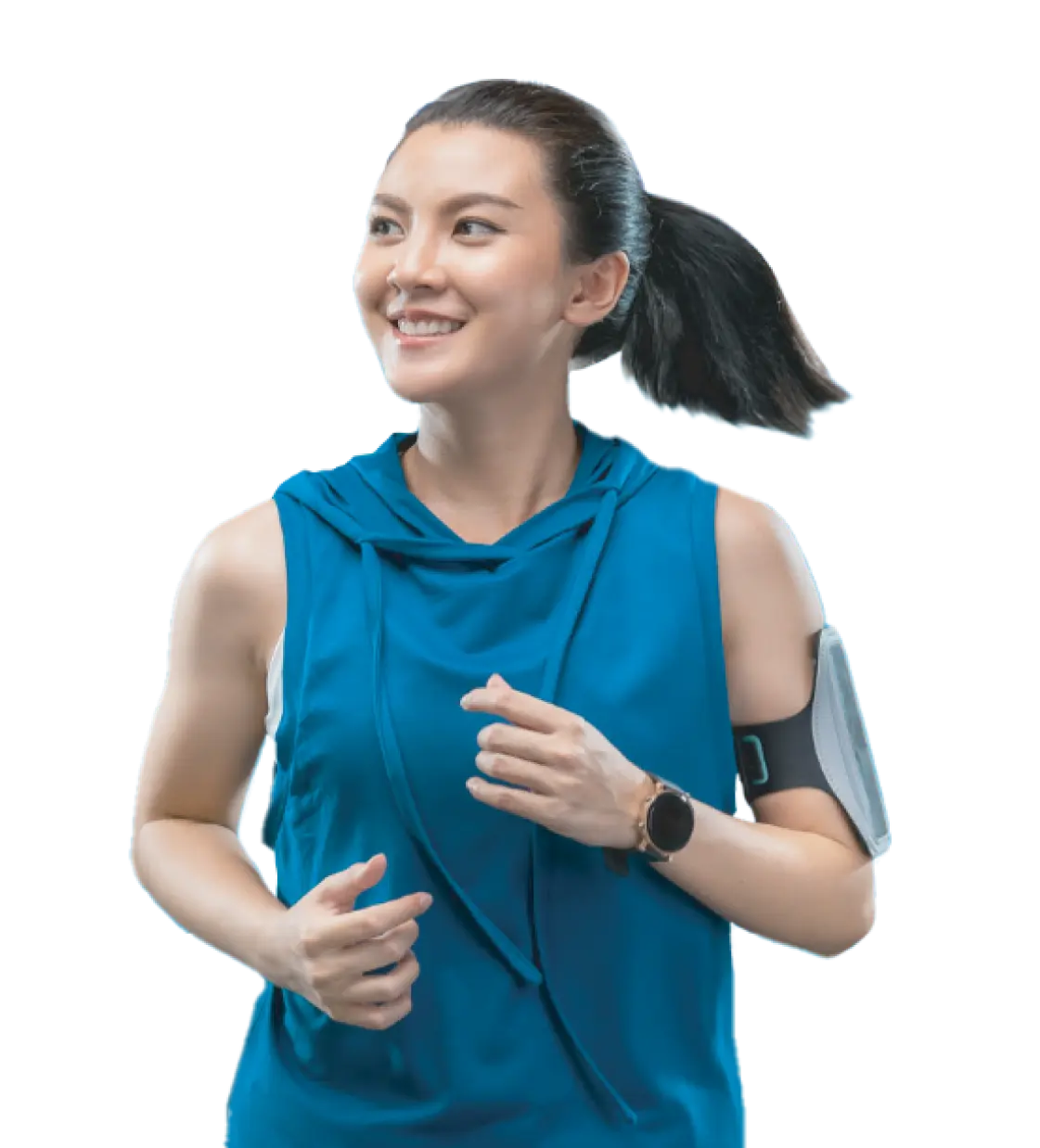
Dive deeper into the world of advanced laser therapy with Summus Medical Lasers.
